Aircraft
Aviation is a separate combat category and includes interceptors, bombers, and even cruisers. Aviation operates autonomously and is not directly controlled by the player. The player has limited options to issue commands to squadrons or individual aircraft.
Types of Aircraft by Class
Interceptor

The Interceptor is a fighter designed for rapid target pursuit. It can move at high speeds and react quickly to battlefield situations. It specializes in eliminating light and fast units, such as Imps, Fireflies, enemy missiles, or other fighters of the same class. The Interceptor is also a key element in defending against bombers.
Bomber
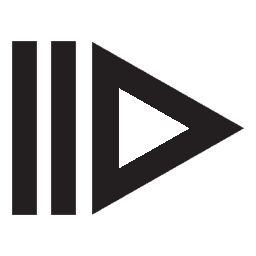
The Bomber is designed for destroying heavily armored targets. With its acceptable range and speed, it is effective against enemy units such as Guardians, Golems, Dagons, or space ships and stations.
Corvette

The Corvette is a tactical aircraft with moderate maneuverability and high durability. Its long range and extended operational time make it ideal for deployment against heavier aerial units. Corvettes are often used as versatile support in combat operations.
Frigate
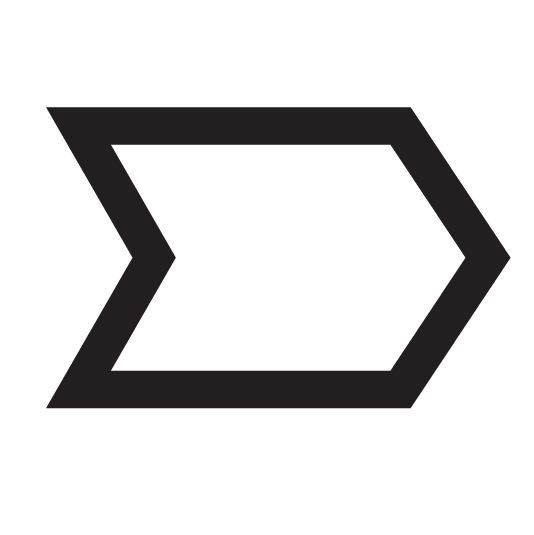
The Frigate is a heavily armored unit with low maneuverability. It is effective in defending fleets and critical stations against light targets and projectiles. Its long operational time makes it indispensable in prolonged defensive operations.
Light Hauler

The Light Hauler is a lightweight cargo vessel designed for quick loot collection, transporting small loads, and evacuating pilots from battlefields. Ideal for solo missions and scouting.
Medium Hauler

The Medium Hauler is a balanced cargo ship offering solid capacity and agility. Well-suited for logistics in small fleets and mining support.
Heavy Hauler
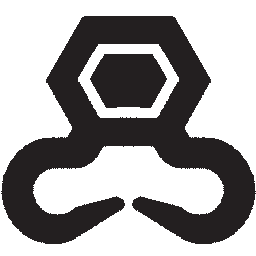
The Heavy Hauler is a high-capacity vessel built for transporting large supplies, supporting heavy mining operations, and salvaging.
Spaceship Hangar and Docking
Squadrons dock to the spacecraft (mothership). Docking is only possible on a spacecraft equipped with a hangar module. Hangars have a dedicated capacity of slots for specific aircraft classes.
Aircraft will automatically return to dock at the mothership when they run out of tactical fuel or ammunition.
Crew
Most aircraft require a crew. The quality of the crew affects the aircraft's success in completing tasks.
You assign crew in the aviation settings under the squadron button or by using the shortcut (F).
When an aircraft is destroyed, the crew may eject and wait for rescue at the incident site. The crew's survival time in the rescue capsule is limited.
Squadrons
In the squadron settings (shortcut F), individual aircraft can be assigned to four squadrons (Wolf, Bull, Eagle, and Lion squadron). Aircraft can be assigned using the button in their control panel. This group of aircraft can then be controlled simultaneously.
The squadron or individual aircraft will then receive the following commands.
Launch
A spacecraft or squadron is simultaneously launched from the hangar of the mothership.
Approach / Attack

Aircraft approach and automatically attack all targets within range. For weapons with limited ammunition, a specific target must be defined.
Return

Aircraft return and begin circling around the mothership.
Dock
Aircraft return and dock with the mothership.
Arrival

A spacecraft moves to the position of the aircraft. This command is available only for individual aircraft.
Fuel
Aircraft have two fuel supplies: tactical and reserve. Reserve fuel allows the aircraft to travel nearly unlimited distances at reduced speed, while tactical fuel is necessary for missions. The aircraft doesn't need to save fuel for return to the mothership.
After docking, the tactical fuel is always consumed first, regardless of the aircraft's activity. Once depleted, the aircraft switches to economy mode and automatically returns to dock at the mothership.
Fuel is automatically replenished after docking.
Ammunition
Some weapons, such as bombs, have a limited amount of ammunition. After the ammunition is exhausted, the aircraft automatically returns to dock at the mothership.
Ammunition is automatically replenished after docking at a rate based on the weapon's properties.
Damage and Repairs
Aircraft damage is expressed in HP (Health Points).
Damaged aircraft are repaired automatically after docking. The repair speed is determined by the aircraft's properties.
Destruction
An aircraft is destroyed when its HP reaches 0. The aircraft will leave behind an appropriate amount of wreckage. There is a certain probability that the crew can eject and await rescue in a rescue capsule at the site of the destruction.

